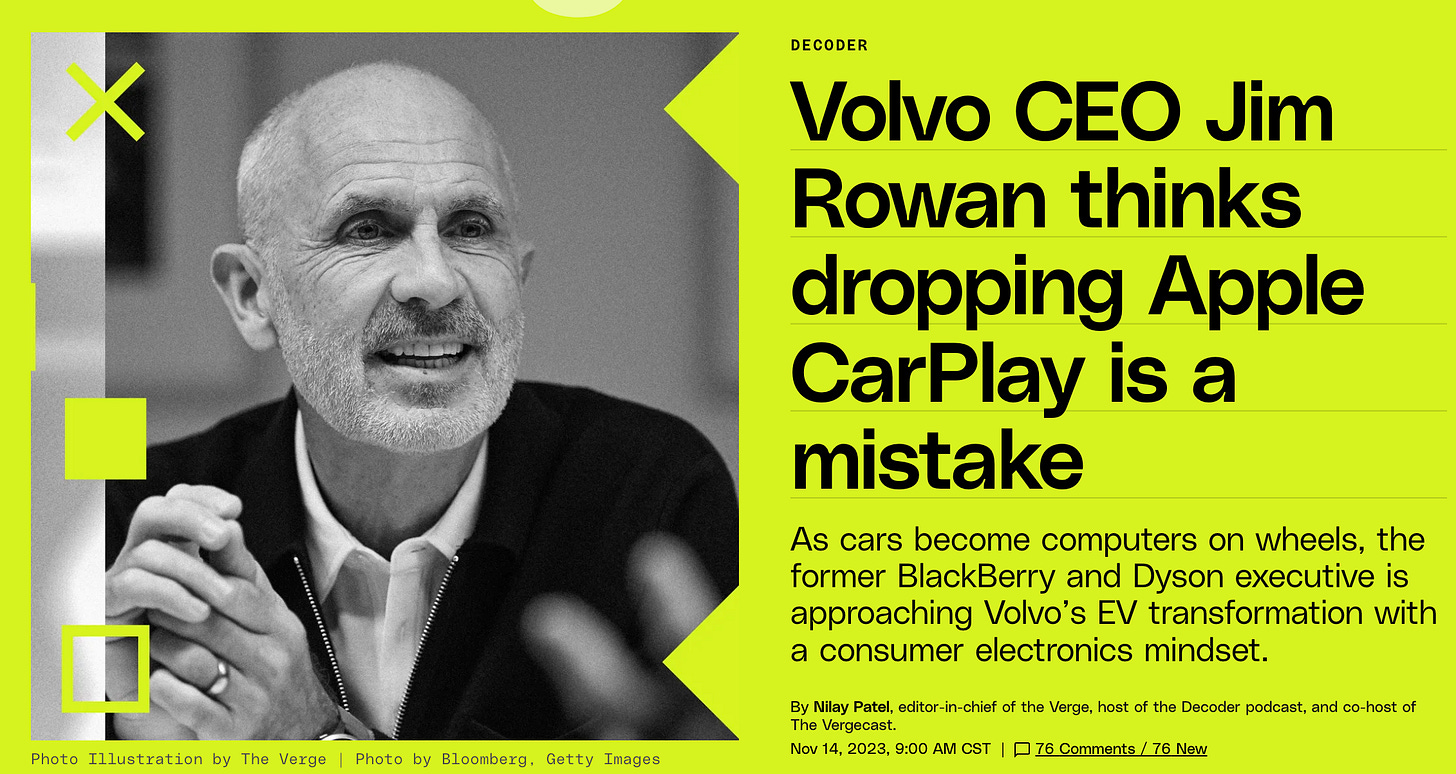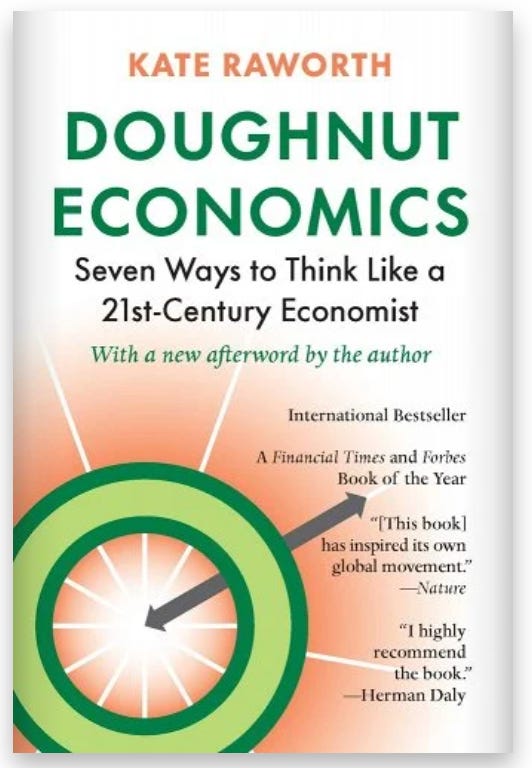“Pivot” is overused and has become meaningless. We need a better term.
What is a pivot? In the most general sense, a pivot is a change. Whether it’s a change in approach, ex., ‘we were targeting women ages 35-50 but now we’re focusing on women and men ages 40-55,’ or whether it’s a bigger complete turn, ex., ‘we used to sell gears for machinery, and now we sell services for utilizing machinery’; it’s all a change, a shift in vision, direction, or approach.
In 2009, Eric Reis introduced the idea of a pivot in a blog post titled, “Pivot, don’t jump to a new vision.”
In this post, he states, “I want to introduce the concept of the pivot, the idea that successful startups change directions but stay grounded in what they've learned. They keep one foot in the past and place one foot in a new possible future.” (Eric is also the author of the startup bible, The Lean Start-up.)
I would argue that the key component of Eric’s definition of a pivot, “stay grounded in what they’ve learned,” has gotten lost over the last 13 years. Instead, business has taken over the term, and whenever a project, team, or organization or team changes direction, focus, approach or vision- it’s called a pivot.
While I applaud the ability to openly discuss the need to change and any effort to make smart change acceptable is great, but is any change a pivot? In my opinion, no.
.
How might we evolve from “pivot” to something that more accurately recognizes that things have been learned, but a new direction and set of actions are coming?
.
I have some ideas.
Before we get to those, let’s remind ourselves what we’re trying to do when we say we’re going to pivot- or that we’re considering pivoting:
We want to communicate that we’re making a change
We want to signal that this change may be unexpected or different from the path we were on
We want to imply that the ‘new direction’ is built upon the work we’ve already done (translation: the work that’s already been invested in and the time that’s already been spent has been worthwhile)
We’re trying to rescue a project that feels like it’s off the rails. If things are a mess, we can say we’ll pivot, and people generally feel ok with it (or, let’s be honest, it distracts them, directing their attention to the new idea or approach we’re pivoting to- ex., ‘No one bought what we’re trying to sell so we’re going to pivot to a new customer segment’)
.
What are we actually doing when we pivot?
We’re changing- whether it’s vision, approach, customer, market, strategy, or tactic, something is changing. And it might be a subtle change, or it might be a dramatic change, but we are going to do something differently.
We’re still moving forward. The project, initiative, start-up, company, or effort - whatever it is we’re focused on, it’s still alive, and we’re still working to turn it into something successful.
We’re approaching things from a new perspective. We’re giving ourselves another run at the problem, opportunity, or goal.
.
What might better represent this?
In many cases, “iteration” more accurately represents the approach and work being done. We tried something, we tested it, we learned something, and our next try will be better.
In other cases, “change” is a good fit. It should be OK to say we’re going to make a change. ‘We’re refreshing our approach and going to change things’ or ‘We’re changing our approach.’
“Evolve” is good too:
Did Netflix pivot from its DVD-by-mail service, or did it simply evolve to better meet the market and the opportunity?
What about Volvo? They spun their internal combustion engine (ICE) vehicles into a separate, self-sustaining company from Volvo as they committed to an electric vehicle (EV) future. Is this a pivot from ICE to EV, or is this an evolution?
.
What do you think?
Do you use “pivot”? Does it represent the work you do and meet your project and communication needs?
Join the discussion and leave your comments below.
New ideas and new insights are vital to the creative process.
This is called idea flow. Here are things of interest to maintain your idea flow this week:
Podcast: Doing the Bee’s Work, with Thai Sade of Bloomx (How I Built This)
Podcast: Volvo CEO Jim Rowan thinks dropping Apple CarPlay is a mistake (Decoder)
Book: Kate Raworth: Doughnut Economics: Seven Ways to Think Like a 21st-Century Economist. It’s time, “to revise our economic thinking for the 21st century. In Doughnut Economics, she (Kate Raworth) sets out seven key ways to fundamentally reframe our understanding of what economics is and does. Along the way, she points out how we can break our addiction to growth, redesign money, finance, and business to be in service to people, and create economies that are regenerative and distributive by design.” It’s a great read with many new ideas to consider. Enjoy!







